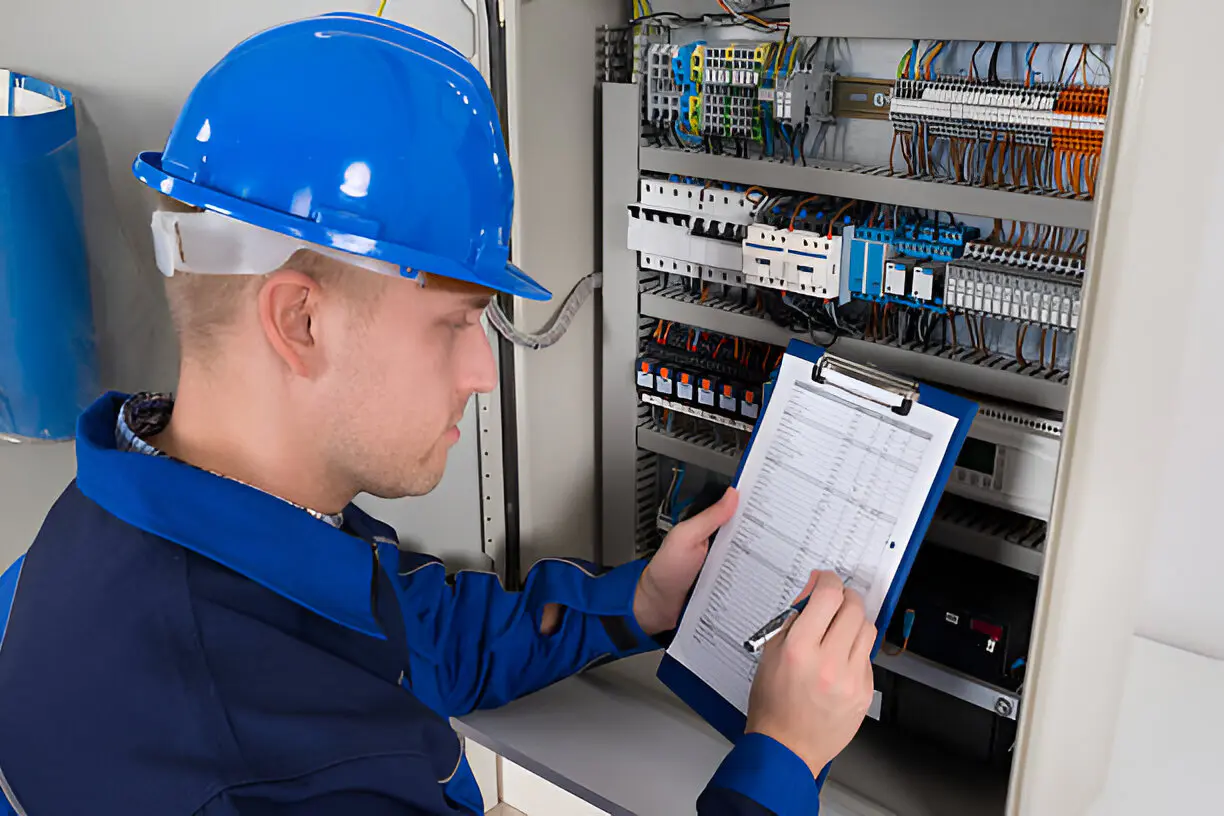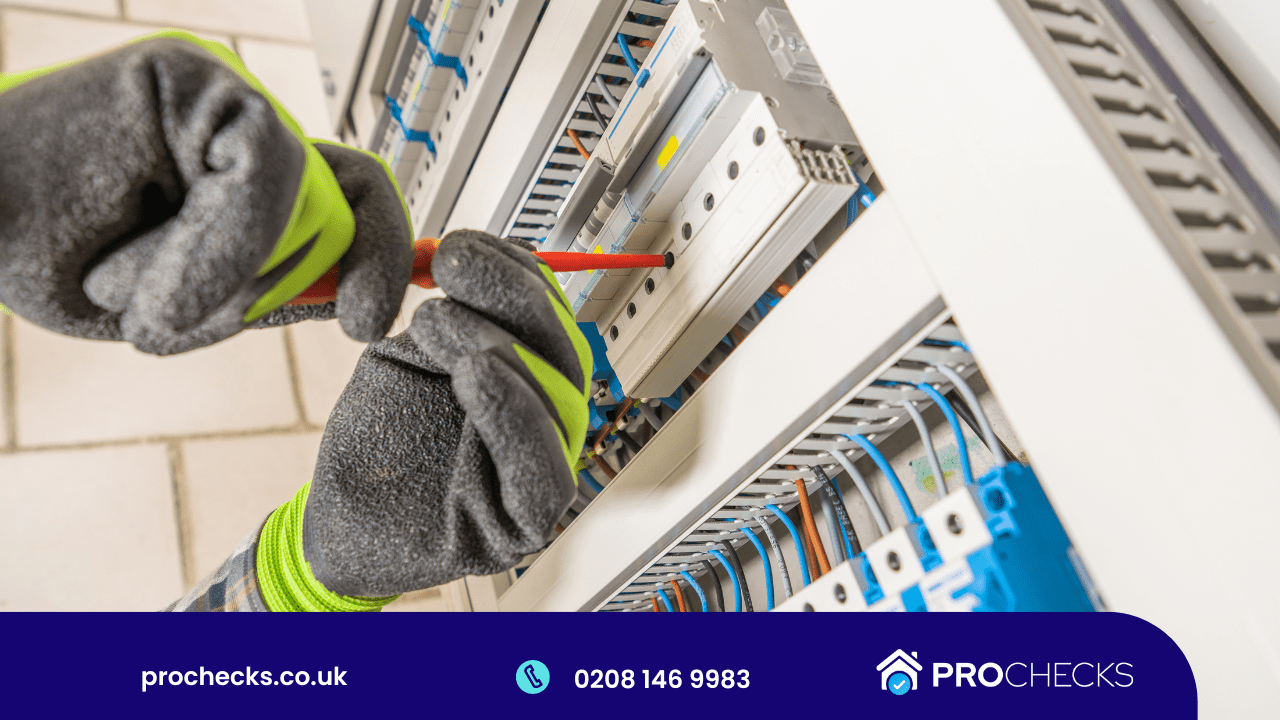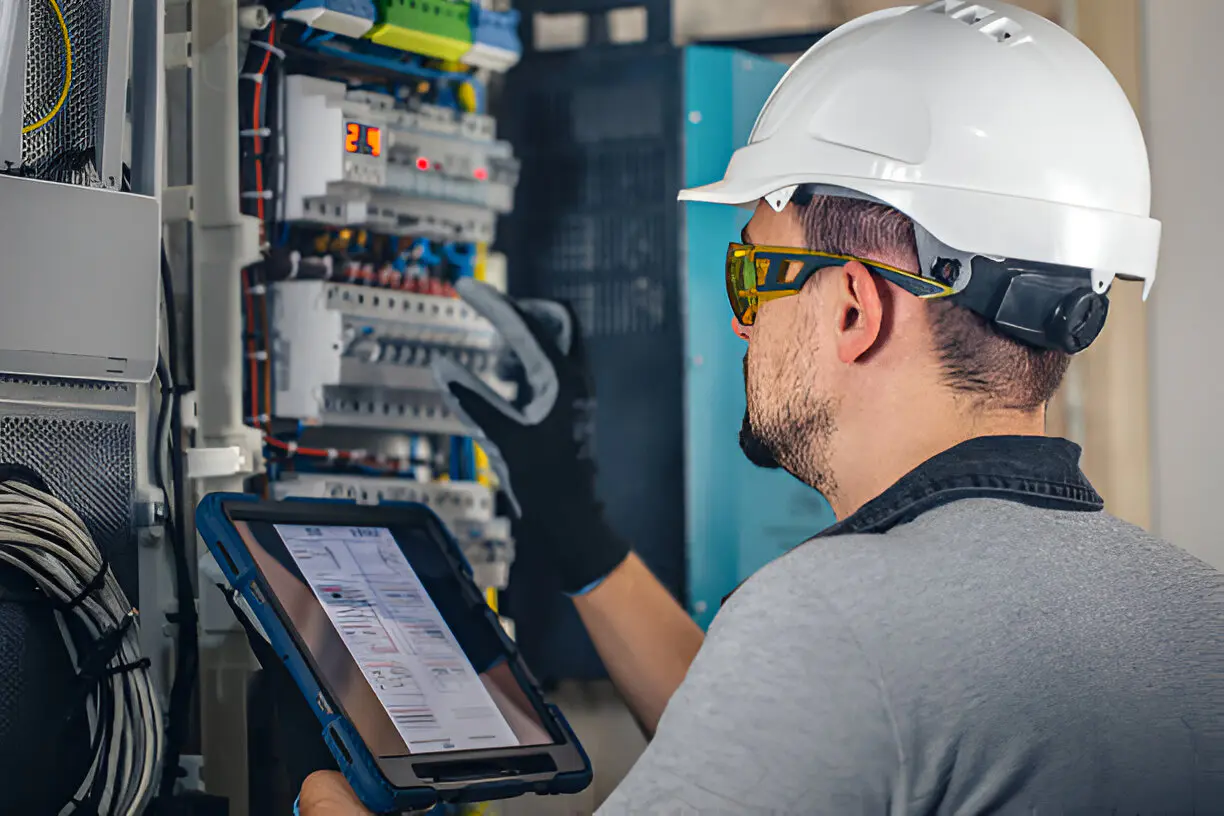In the realm of property development, adherence to Electrical Installation Condition Report (EICR) guidelines for newly built properties is not merely a procedural formality but a critical safety mandate. These guidelines serve as a blueprint for ensuring that all electrical installations meet stringent safety standards, which are essential for securing the integrity of the building and the well-being of its future occupants. As we explore the specific requirements and the timing of these inspections, one must consider how these regulations affect the overall project timeline and investment, particularly in light of recent changes to national safety standards. How do these evolving standards influence the approach of developers and contractors to electrical safety, and what are the implications for the industry at large? Let’s understand EICR Guidelines for Newly Built Properties.
What is an EICR and Why It’s Essential for New Buildings? EICR Guidelines for Newly Built Properties
An Electrical Installation Condition Report (EICR) is a critical assessment required for ensuring the safety and compliance of electrical systems in newly constructed properties. This document serves as a formal evaluation, identifying any defective electrical work and verifying the installation against the national safety standards. The importance of the EICR cannot be overstated, as it directly impacts the operational safety and efficiency of a building’s electrical infrastructure.
Conducting these electrical inspections during and after the construction process is pivotal. It allows for the early detection of potential issues that could pose significant risks to occupants and property. For instance, improperly installed wiring or overloaded circuits can lead to fire hazards or electrical failures.
The assessment process involves a thorough examination of the electrical installations to ensure they meet rigorous safety regulations. The risk assessment aspect of the EICR in new construction scrutinizes the design, installation, and functionality of electrical systems.
It ensures that all components are up to code and capable of handling the intended loads safely and efficiently. By adhering to these stringent evaluations, developers and property owners ensure that their buildings comply with current electrical safety standards, minimizing the risk of electrical accidents and enhancing overall safety compliance.
Legal Obligations for EICR in Newly Constructed Properties
Developers and property owners must be aware of their legal obligations concerning the Electrical Installation Condition Report (EICR) for newly constructed properties. The law mandates specific adherence to electrical codes and building regulations to ensure safety and compliance from the outset.

These regulations stipulate that every new building must undergo thorough property inspections by qualified personnel to validate the integrity and safety of the electrical installations.
The EICR serves as a compliance certificate, demonstrating that the electrical systems of the property meet the prescribed standards. Legal requirements necessitate that these inspections be carried out systematically to capture any deviations from the established electrical codes, which are often updated to reflect new safety protocols and technological advancements.
Failure to comply with these requirements can lead to severe legal repercussions, including penalties, halting of property usage, or compulsory remedial measures.
It is crucial for stakeholders to engage with accredited professionals who can provide a detailed EICR. This report not only confirms compliance but also acts as a critical document during the sale or leasing of the property.
Ensuring that all electrical installations are up to code before occupation enhances safety and avoids future legal complications.
Optimal Timing for Conducting an EICR on New Builds
Understanding the legal requirements and ensuring compliance with the Electrical Installation Condition Report (EICR) is fundamental for property owners and developers.
Optimal timing for conducting an EICR on new builds must be strategically planned to align with specific construction phases and allow for any necessary corrective actions before the property is occupied. Typically, the initial EICR should be scheduled immediately after the installation of the electrical systems and before the interior finishing commences. This timing allows for easier access to wiring and components, potentially reducing the disruption and cost of rectifying any identified issues.

Inspection frequency should be considered in the context of ongoing construction activities and the potential for environmental or operational stresses that might compromise electrical safety. Seasonal considerations are crucial; for instance, scheduling inspections after wet seasons can help identify any moisture-related electrical issues that could pose safety risks.
Moreover, timing impacts not only the practical aspects of conducting the EICR but also compliance schedules. Adhering to regulatory timelines is essential to avoid legal repercussions and ensure that the building meets all required safety standards before it becomes operational.
Thus, integrating EICR into the project timeline during the planning phase is advisable, ensuring optimal scheduling is achieved.
Electrical Safety Standards Every New Building Must Meet
Electrical safety standards form the cornerstone of regulatory compliance for every new building, ensuring that all electrical installations meet rigorous quality and safety benchmarks.
These standards are indispensable for safeguarding physical property and human life, aligning with the latest technological and regulatory advancements. Adherence to these standards not only promotes safety but also ensures that the electrical systems are efficient, reliable, and sustainable.
Here are the key standards that must be met:
- Energy Efficiency: Buildings must incorporate energy-efficient designs that minimize electrical waste. This includes the use of high-efficiency power supplies and lighting systems, as well as automated energy management systems to optimize energy usage.
- Wiring Materials: Only high-quality, durable, and compliant wiring materials approved for their specific use cases are to be used. These materials should conform to national safety standards, such as those specified by the National Electrical Code (NEC).
- Circuit Design: Electrical circuits must be designed to handle expected loads safely and efficiently. This involves proper calculation of load capacities, fault tolerance, and the integration of circuit protection devices.
- Safety Inspections: Regular safety inspections are mandatory to ensure that all electrical installations remain compliant with the latest safety standards and regulatory updates. These inspections should be thorough and carried out by certified professionals.
Compliance with these standards is crucial for obtaining necessary building certifications and for ensuring the long-term safety and functionality of the electrical installations in new buildings.
The EICR Inspection Process: What New Property Owners Should Know
For every new property owner, the Electrical Installation Condition Report (EICR) represents a critical step in ensuring the ongoing safety and compliance of their building’s electrical systems. The EICR inspection process evaluates the efficiency and safety of a property’s electrical installations, flagging any necessary upgrades or adjustments. This not only helps in maintaining property insurance requirements but also ensures that electrical systems adhere to current regulatory standards.

Understanding the EICR benefits, including enhanced safety and optimization of electrical system performance, is vital. However, common misconceptions persist; notably, the belief that new constructions do not require immediate inspection. On the contrary, even new buildings can have installation errors that need correction before they are exacerbated.
| Factor | Importance | Details |
|---|---|---|
| Inspection Frequency | Regular Assessments | Every 5 years for residential properties |
| Common Misconceptions | Clarification Needed | New properties also require EICR |
| Property Insurance | Compliance | Mandatory for insurance validation |
Adhering to these guidelines not only secures safety but also ensures that any future electrical system upgrades align with the latest safety protocols, avoiding costly penalties and ensuring operational integrity.
Selecting the Right Electrician for EICR Compliance in New Constructions
Selecting a qualified electrician for EICR compliance in new constructions is essential to ensuring that the electrical installations meet the rigorous safety standards required by law. The process involves more than just choosing any contractor; it requires a meticulous vetting process that aligns with both local regulations and industry best practices.
Here are key points to consider:
- Qualifications Checklist: Ensure the electrician holds the requisite certifications, such as NICEIC, ELECSA, or another competent person scheme. Verify their background in handling similar projects and their familiarity with the latest wiring regulations (BS 7671).
- Local Regulations: Familiarity with local building codes is non-negotiable. The electrician should demonstrate a clear understanding of the specific requirements and compliance standards pertinent to the area where the new construction is located.
- Cost Considerations: While cost should not compromise safety, obtaining multiple quotes can provide a competitive pricing framework. Ensure transparency in billing to avoid hidden charges that may arise during the electrical inspection and testing phases.
- Contractor Recommendations: Seek recommendations from industry professionals and previous clients. Positive feedback, coupled with a robust portfolio, can significantly influence the decision-making process in selecting the right electrician for EICR compliance.
Conclusion
In conclusion, adherence to EICR guidelines is imperative for ensuring the safety and compliance of newly constructed properties. Regular and thorough inspections by qualified professionals not only fulfill legal obligations but also safeguard against potential electrical hazards. This rigorous assessment process is essential for maintaining high safety standards, thereby fostering trust among occupants and promoting the overall integrity of the building infrastructure. Property owners must prioritize these practices to uphold safety and regulatory compliance.









